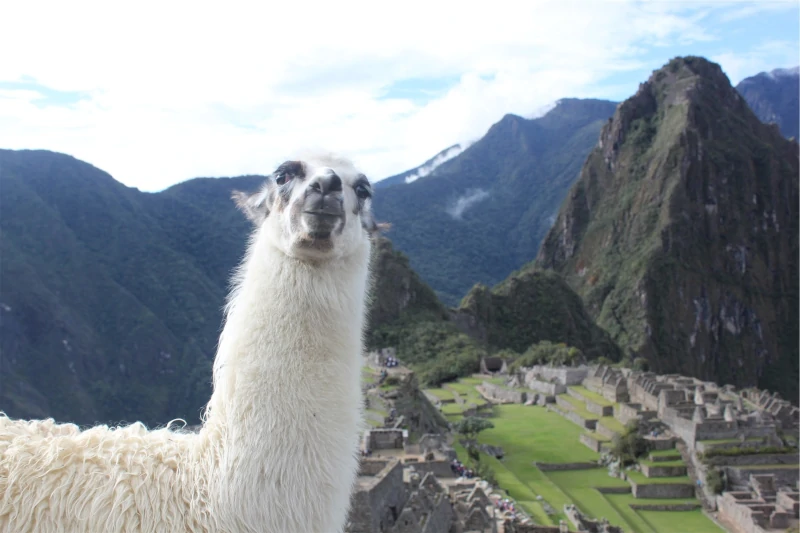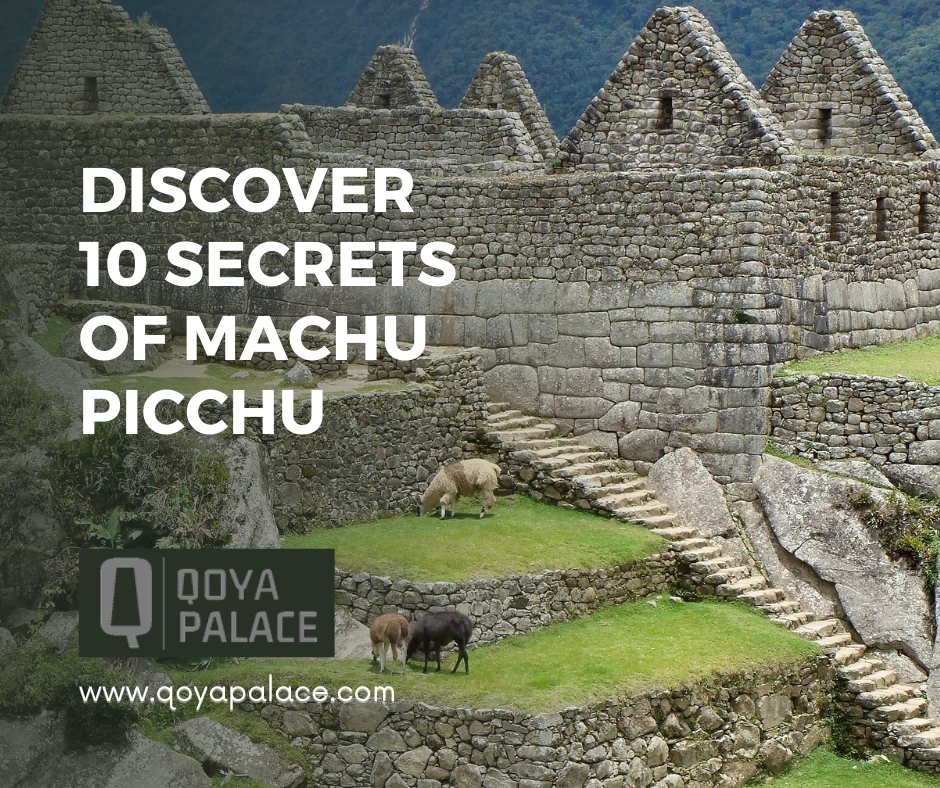
Discover 10 secrets of Machu Picchu
Nestled high in the Andes Mountains of Peru lies one of the world’s most iconic archaeological sites: Machu Picchu. This ancient Inca citadel, which was built in the 15th century and later abandoned, has captivated visitors for over a century with its awe-inspiring vistas, intricate stonework, and enigmatic history.
Despite its popularity, there are still many secrets and mysteries surrounding Machu Picchu that remain hidden from the average traveler. In this article, we will delve into the fascinating history and culture of Machu Picchu and reveal 10 secrets that will deepen your understanding and appreciation of this remarkable UNESCO World Heritage site.
1. The mysterious purpose of Machu Picchu
Despite its widespread fame and recognition, the true purpose of Machu Picchu remains shrouded in mystery. Most scholars agree that it was built as a royal estate or retreat for Inca emperor Pachacutec. However, there are other theories about its function that cannot be ignored.
Some believe that Machu Picchu was a sacred religious site, with the temple of the sun and the temple of the condor being particularly significant. Others suggest that it may have been an astronomical observatory. This theory is based on the citadel’s alignment to celestial events such as the winter solstice.
There are even some who believe that Machu Picchu had an administrative function. This citadel could have served as a hub for the Inca empire’s governance of the surrounding region. Also, the site’s strategic location and access to important resources such as water and agricultural land lend credence to this theory.
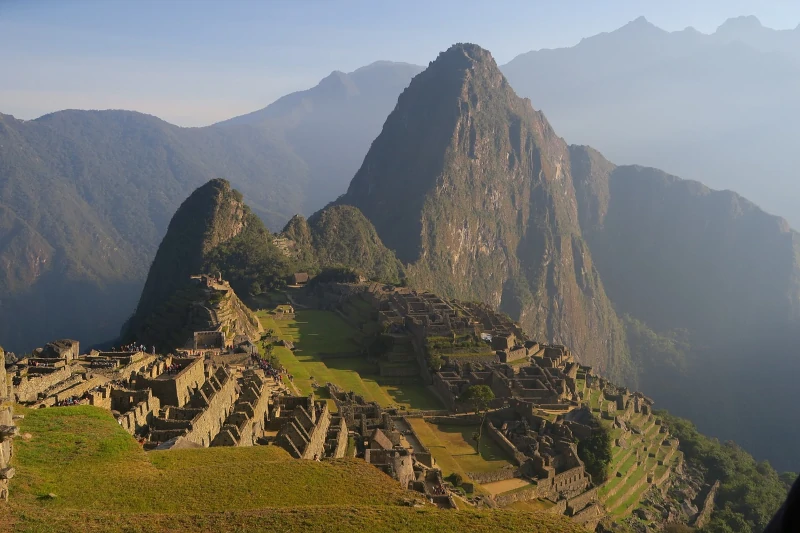
2. The incredible stonework of Machu Picchu
The stonework at Machu Picchu is truly awe-inspiring. Machu Picchu was built using only simple tools such as stone hammers and chisels. However, the Incas were able to carve and fit rocks together so perfectly that not even a knife blade can fit between them. This precision is even more impressive when you consider that the rocks used in the construction of Machu Picchu are irregularly shaped and come in a variety of sizes.
The technique used to create this stonework is known as “ashlar masonry”. This technique involves fitting the irregular stones together in a puzzle-like fashion without the use of mortar. The result is a seamless and durable structure that has withstood the test of time.
The stonework at Machu Picchu is a testament to the ingenuity and skill of the Incas. Thus, it remains as one of the most impressive examples of ancient engineering in the world.
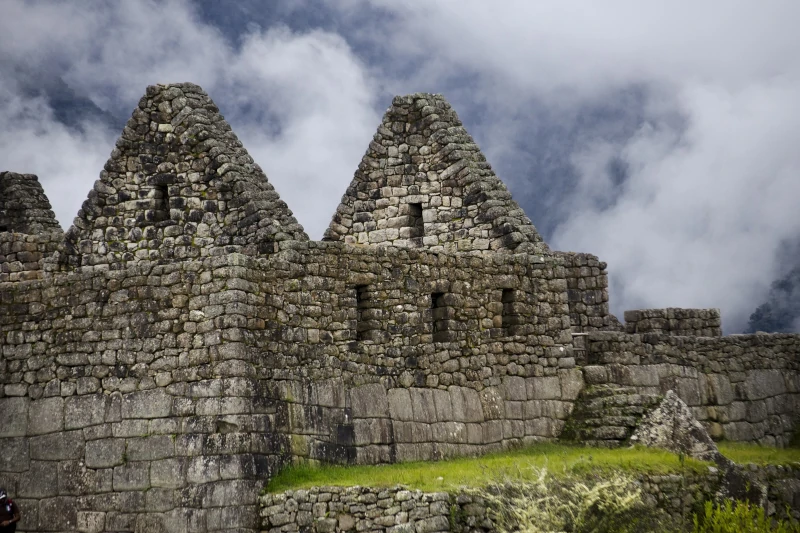
3. Machu Picchu’s astronomical alignments
Another of the secrets of Machu Picchu is the astronomical alignments of its buildings. The site is aligned with several important celestial events such as the winter solstice. This suggests that the citadel may have had astronomical significance.
During the winter solstice, the sun shines directly through the Intihuatana stone, casting no shadow at noon. This stone is believed to have been used by the Incas as a sundial to mark the changing seasons and other astronomical events.
In addition to the Intihuatana stone, there are other structures at Machu Picchu that align with celestial events. Among these structures are the Temple of the Sun and the Temple of the Three Windows.
The fact that Machu Picchu was designed with such precision is a testament to the Inca civilization’s knowledge and understanding of the natural world. It is also a testament to the enduring significance of astronomy and the role it played in shaping ancient cultures.
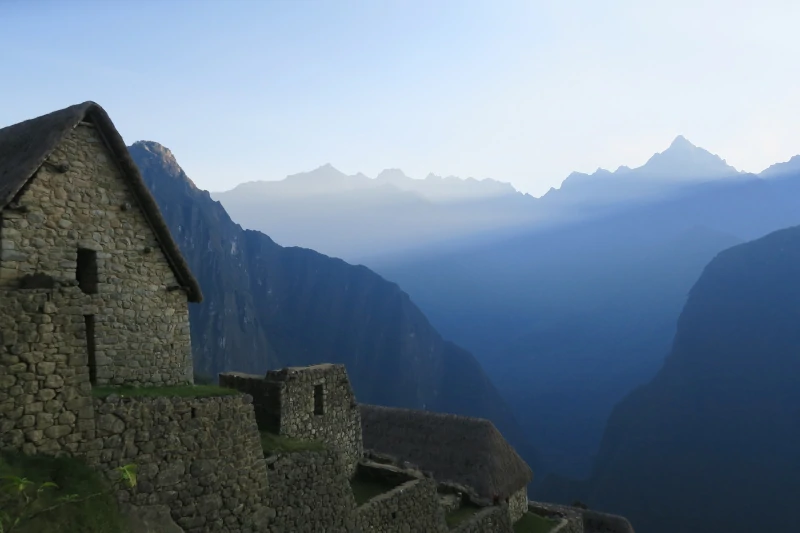
4. The abandonment and rediscovery of Machu Picchu
Machu Picchu was abandoned by the Incas in the 16th century, during the Spanish conquest. After the site was abandoned, it was largely forgotten by the outside world. During centuries, it was only known only to local farmers and shepherds.
It wasn’t until 1911 that Machu Picchu was rediscovered by American explorer Hiram Bingham. Bingham found the city after being led by a local farmer. Additionally, Bingham was struck by the site’s beauty and significance, and conducted several expeditions to excavate and study the ruins.
Bingham’s expeditions brought Machu Picchu to the attention of the world. Thus, the site quickly became a popular destination for travelers and adventurers. Today, Machu Picchu is one of the most popular tourist destinations in South America, attracting millions of visitors every year.
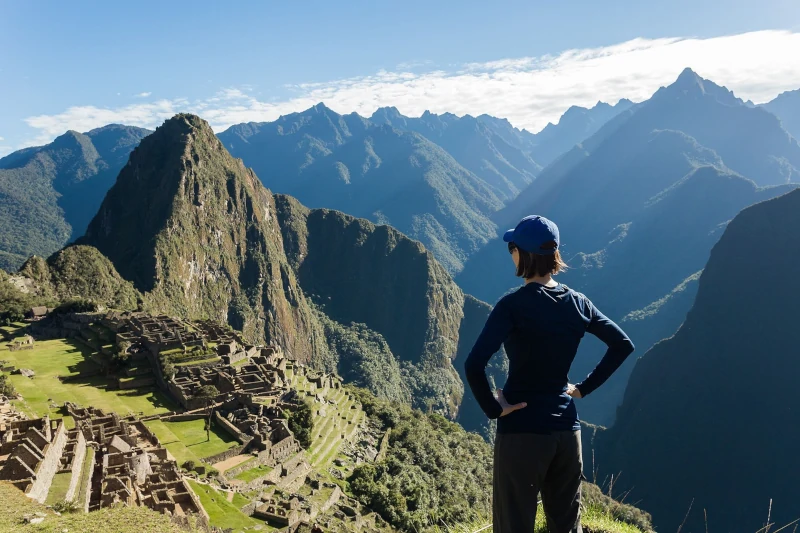
5. The unconquerable Machu Picchu
Machu Picchu’s unconquerable status is a testament to the strength and resilience of the Inca civilization. Despite being threatened by Spanish colonization and conquest, Machu Picchu was never captured or destroyed by the conquistadors.
The site’s remote location and difficult terrain made it difficult for the Spanish to access. Thus, the Incas were able to abandon it before the Spanish could take control. This, combined with the site’s strategic importance, likely contributed to its preservation.
In fact, Machu Picchu remained largely unknown to the outside world until its rediscovery by Hiram Bingham in 1911. This isolation and obscurity helped to protect the site from looting and destruction. Also, it allowed the citadel to remain relatively intact for centuries.
Today, Machu Picchu’s unconquerable status is a source of pride for many Peruvians. The citadel is seen as a symbol of the resilience of the Inca civilization. Its preservation and ongoing study continue to inspire awe and admiration.
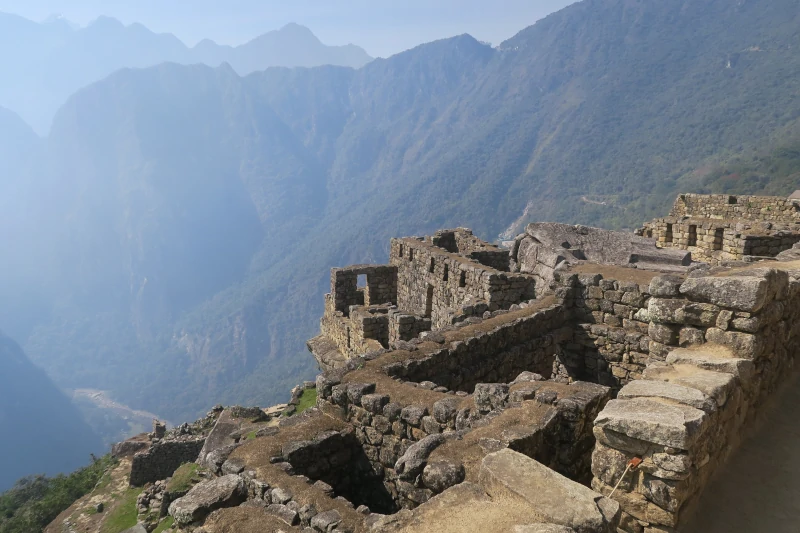
6. The Inca Trail to Machu Picchu
The Inca Trail is one of the most famous and popular trekking routes in the world. It attracts thousands of visitors each year. The trail is a part of the vast network of Inca roads that connected Machu Picchu to other important Inca sites in the region.
The classic Inca Trail trek usually takes four days and covers a distance of approximately 26 miles (42 km). Along the way, trekkers pass through diverse landscapes. These landscapes range from high mountain passes to lush tropical forests. Also, visitors can explore several Inca ruins and archaeological sites.
The highlight of the trek is undoubtedly the arrival at Machu Picchu on the fourth day. After arriving there, trekkers are rewarded with breathtaking views of the ancient citadel and the surrounding mountains.
The Inca Trail is a challenging but rewarding trek that provides a unique opportunity to connect with the history and culture of the Inca civilization. Also, it is a great way to enjoy the stunning natural beauty of the Andes Mountains.
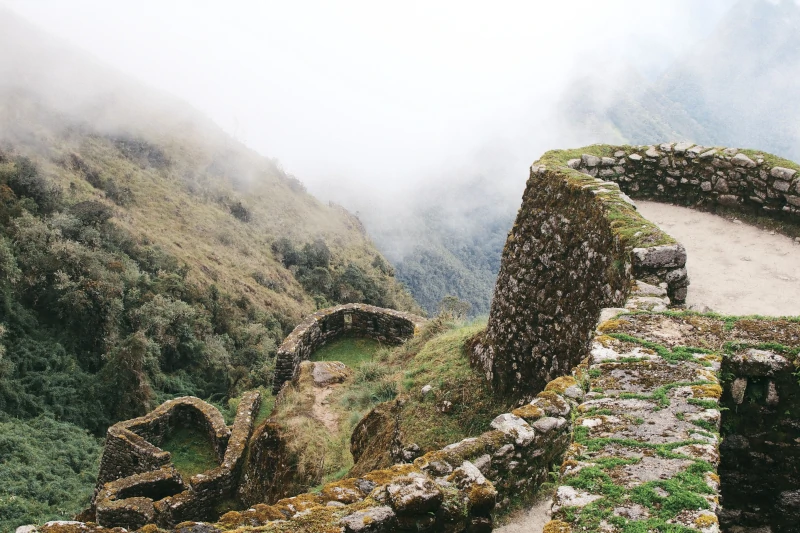
7. The puzzle-like construction of Machu Picchu
Machu Picchu’s construction is one of the most impressive feats of engineering and architecture in the world. The Incas used a technique known as ashlar masonry to construct the site. This technique involves fitting irregularly shaped rocks together in a puzzle-like fashion without the use of mortar.
The rocks used in the construction of Machu Picchu are not uniform in size or shape. Thus, it makes the puzzle-like fitting process even more remarkable. Despite these challenges, the Incas were able to create a seamless and durable structure that has withstood the test of time.
In addition to the puzzle-like construction, Machu Picchu’s design also incorporates several sophisticated engineering techniques. Among these technique are the use of terraces, aqueducts, and water channels to manage water flow and irrigate crops. Also, these ancient techniques allowed the construction of buildings on the difficult terrain of the nearby Huayna Picchu Mountain.
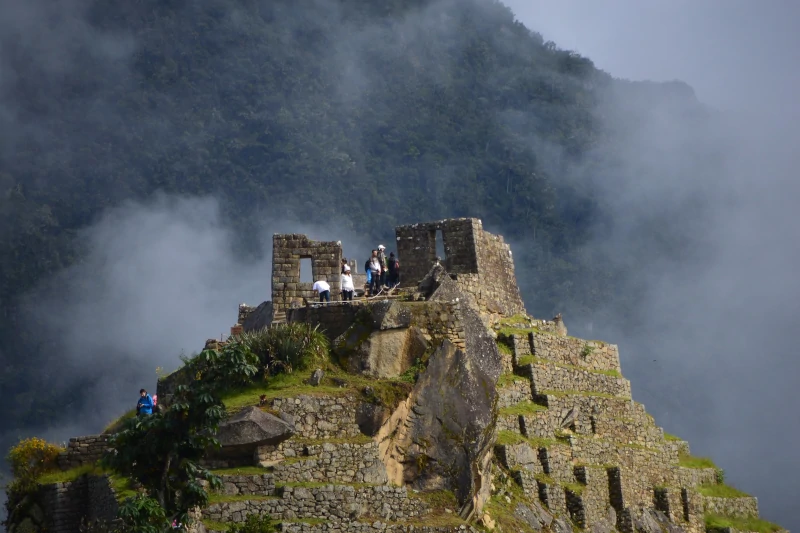
8. The ongoing discoveries of hidden rooms and passageways
Despite over a century of study and exploration, new discoveries continue to be made at Machu Picchu. Archaeologists have uncovered several hidden rooms and passageways in recent years, including a hidden chamber beneath the iconic Temple of the Sun.
These discoveries offer new insights into the purpose and design of Machu Picchu, and suggest that there may be even more hidden structures waiting to be discovered.
The ongoing discoveries at Machu Picchu demonstrate the enduring significance of the site and the importance of continued study and exploration. They also highlight the incredible skill and ingenuity of the Inca civilization, which was able to create a complex and sophisticated city that continues to fascinate and inspire us centuries later. Thus, the hidden structures are one of the most intriguing secrets of Machu Picchu.
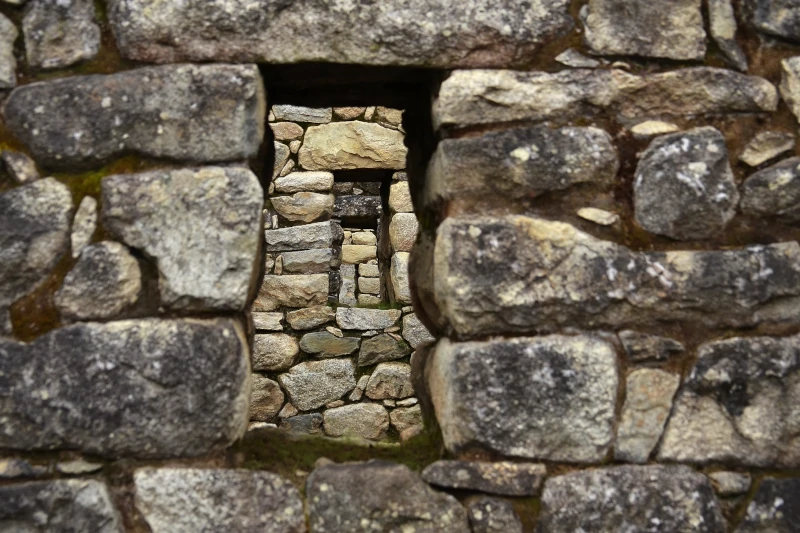
9. The complex irrigation system of Machu Picchu
The complex irrigation system of Machu Picchu is another of its secrets. This ancient system allowed the Incas to cultivate crops and manage water flow within the site. The system includes a network of terraces, canals, and aqueducts that were designed to capture and distribute water from nearby sources.
The terraces were constructed using a technique known as “andenes”. This technique involved creating stepped platforms on the steep slopes of the surrounding mountains. Thus, these terraces allowed the Incas to create flat surfaces for growing crops. Additionally, the terraces helped to prevent soil erosion and landslides.
The canals and aqueducts at Machu Picchu were designed to capture water from nearby springs and streams. Then, the water was distributed to the terraces and other areas of the site. The Incas also created drainage systems to manage excess water and prevent flooding.
The irrigation system at Machu Picchu is a testament to the Inca civilization’s deep understanding of the natural world and their ability to adapt and thrive in challenging environments. It also highlights the importance of sustainable and responsible use of natural resources, a lesson that is still relevant today.

10. The unique flora and fauna of Machu Picchu
Another of the secrets of Machu Picchu is its unique biodiversity. The site is located in a unique ecosystem that ranges from high-altitude grasslands to lush tropical forests, providing a habitat for a wide variety of plant and animal species.
One of the most iconic species found at Machu Picchu is the Andean spectacled bear, the national symbol of Peru. These bears are the only bear species native to South America and are known for their distinctive facial markings.
In addition to the Andean spectacled bear, the Historic Sanctuary of Machu Picchu is home to several other species of mammals, including the puma, deer, and several species of monkeys. Machu Picchu is also home to over 400 species of birds, including the Andean condor, the largest flying bird in the world.
The plant life at Machu Picchu is equally diverse, with over 90 species of orchids and a variety of other flowering plants and trees. The site is also home to several species of medicinal plants that have been used by the local people for centuries.
